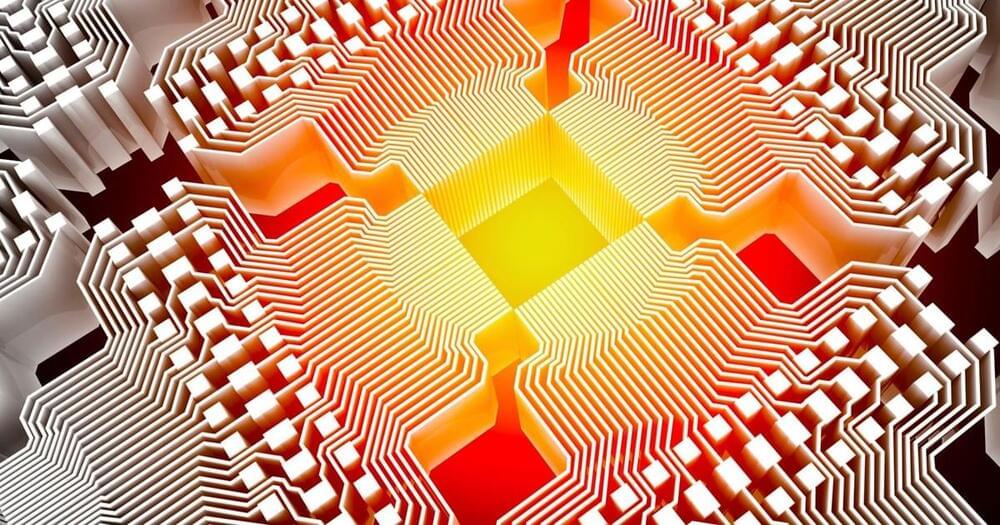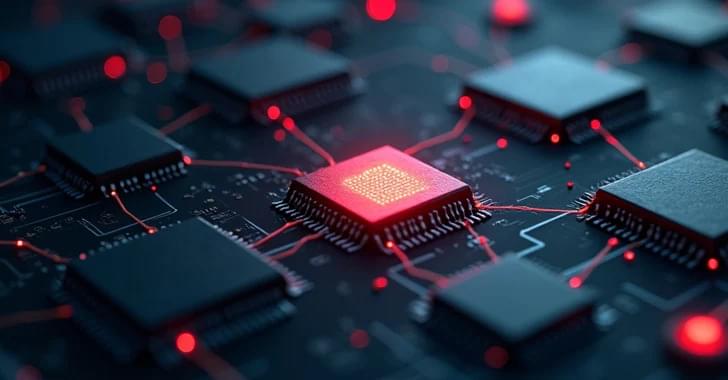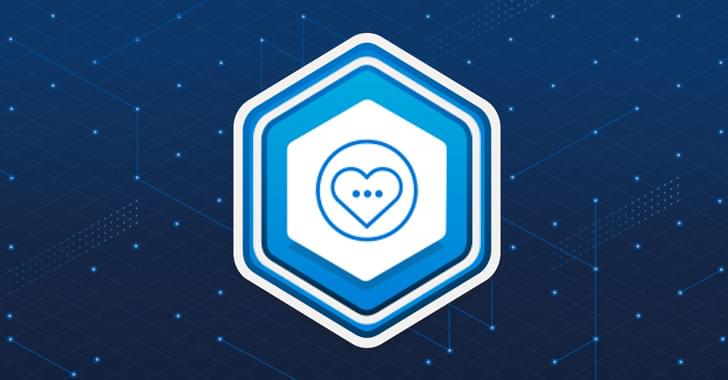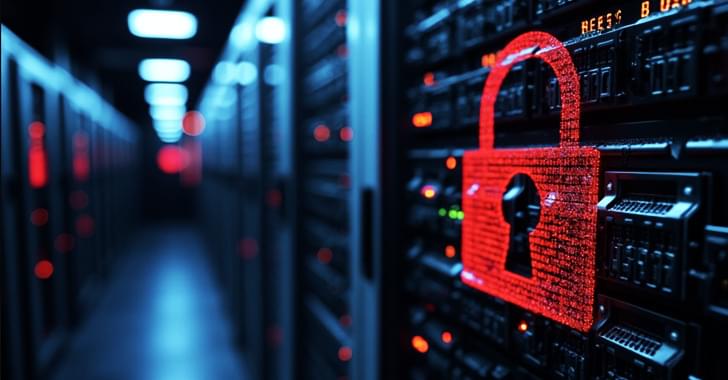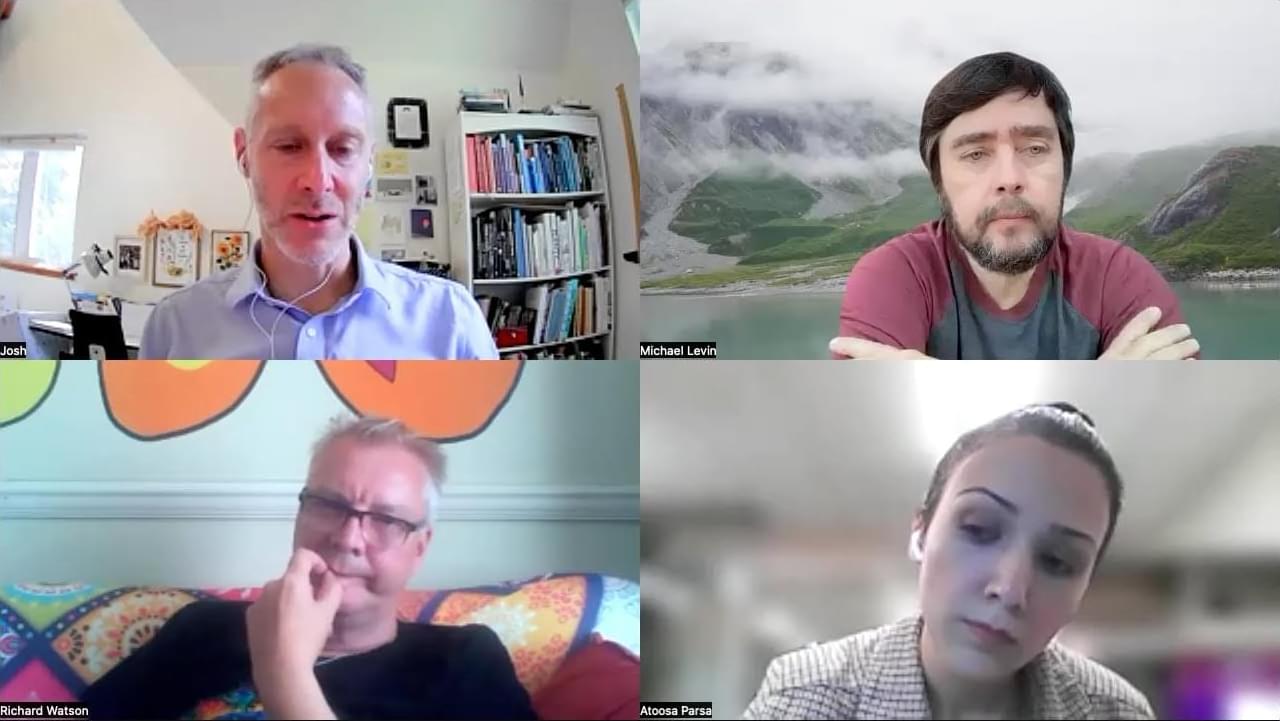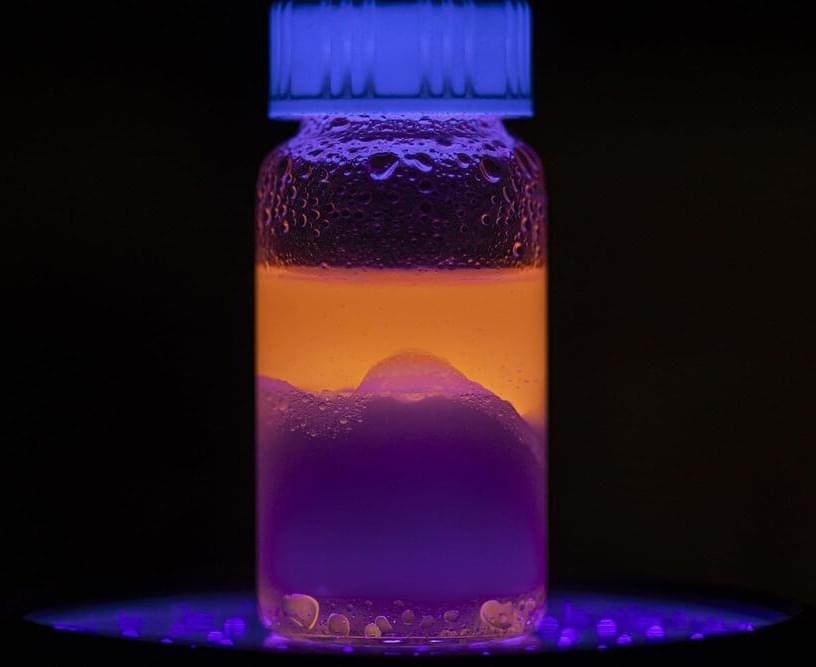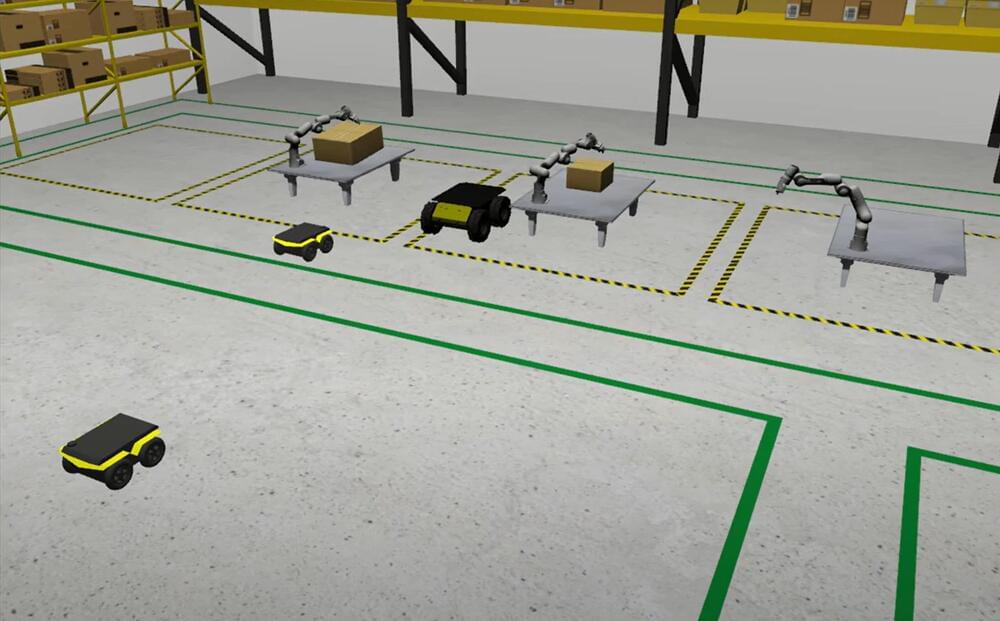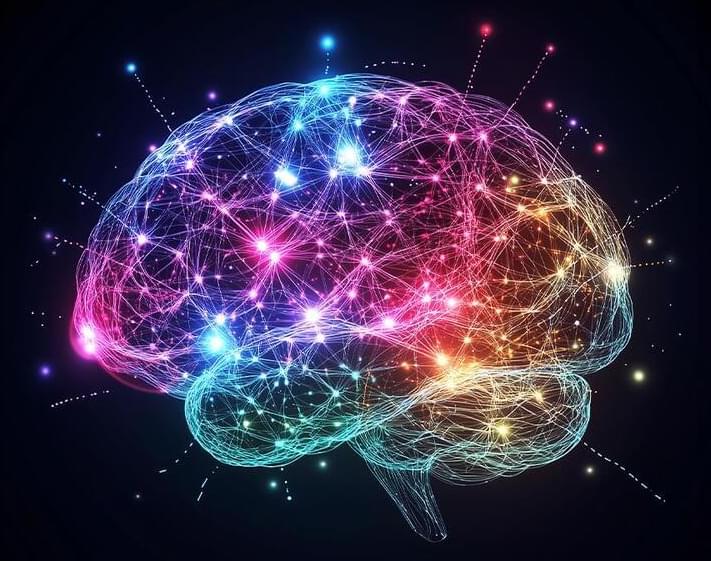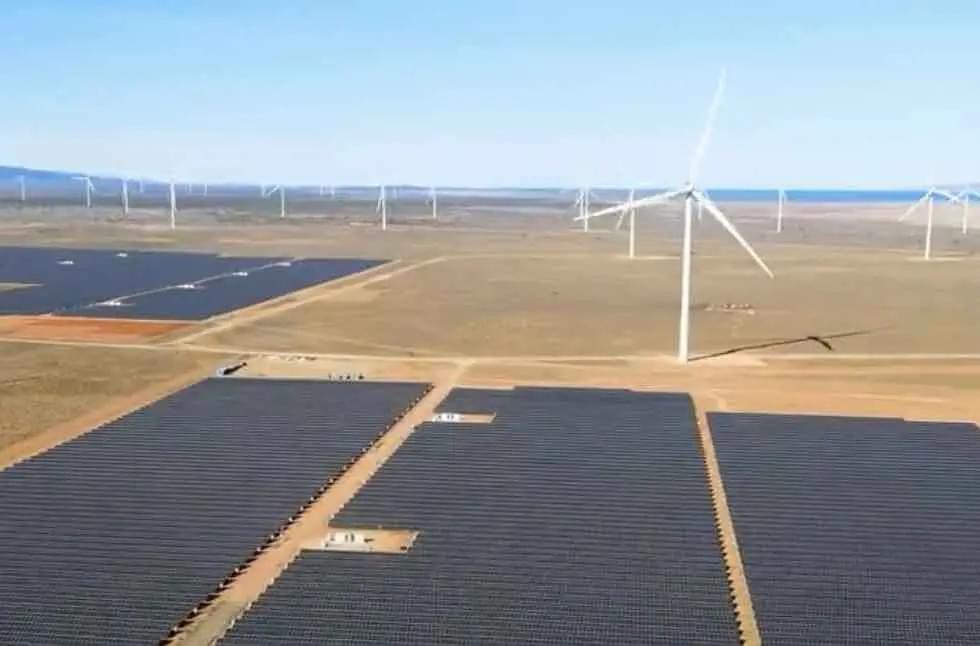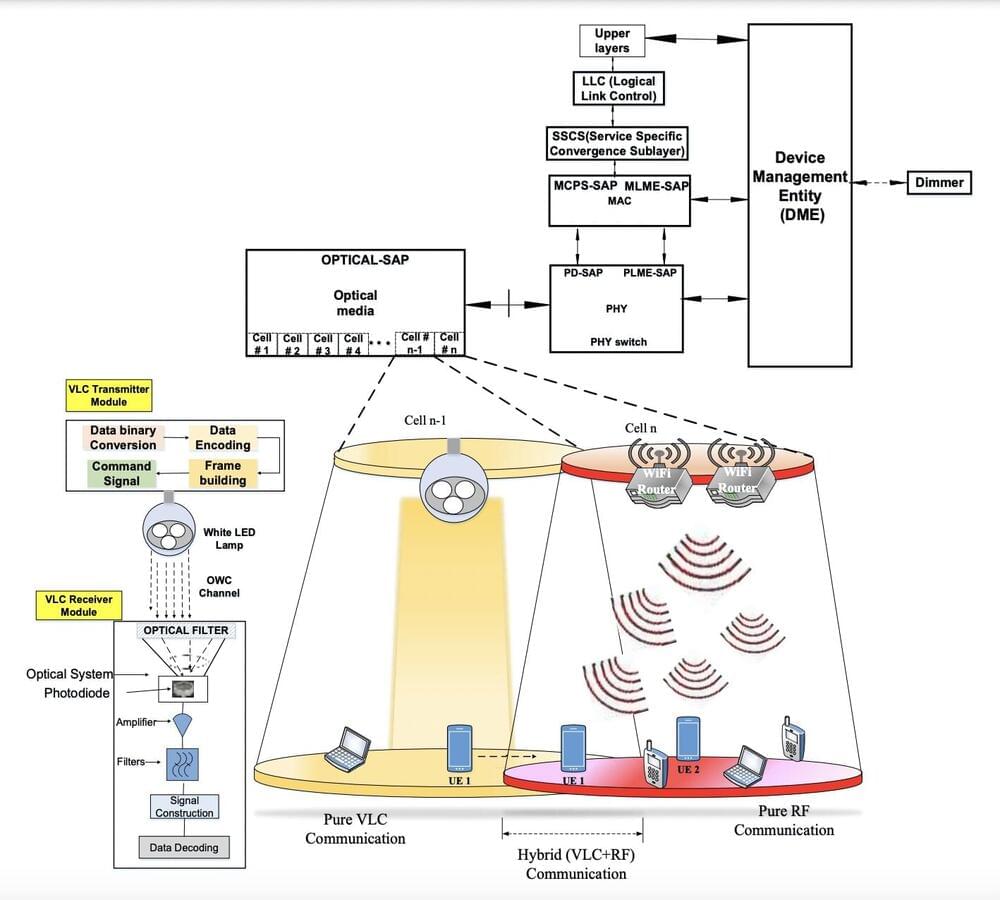Three new encryption algorithms to bolster global cybersecurity efforts against future attacks using quantum technologies were published today by the National Institute of Standards and Technology (NIST), a division of the U.S. Department of Commerce. The new standards are designed for two tasks: general encryption and digital signatures.
These new standards are the culmination of an eight-year effort from the agency to tap the best minds in cybersecurity to devise the next generation of cryptography strong enough to withstand quantum computers. Experts expect quantum computers capable of breaking current current cryptographic algorithms within a decade. The new standards, the first released by NIST’s post-quantum cryptography (PQC) standardization project, are published on the department’s website. The documents contain the algorithms’ computer code, instructions for how to implement them in products and in encryption systems, and use cases for each.
